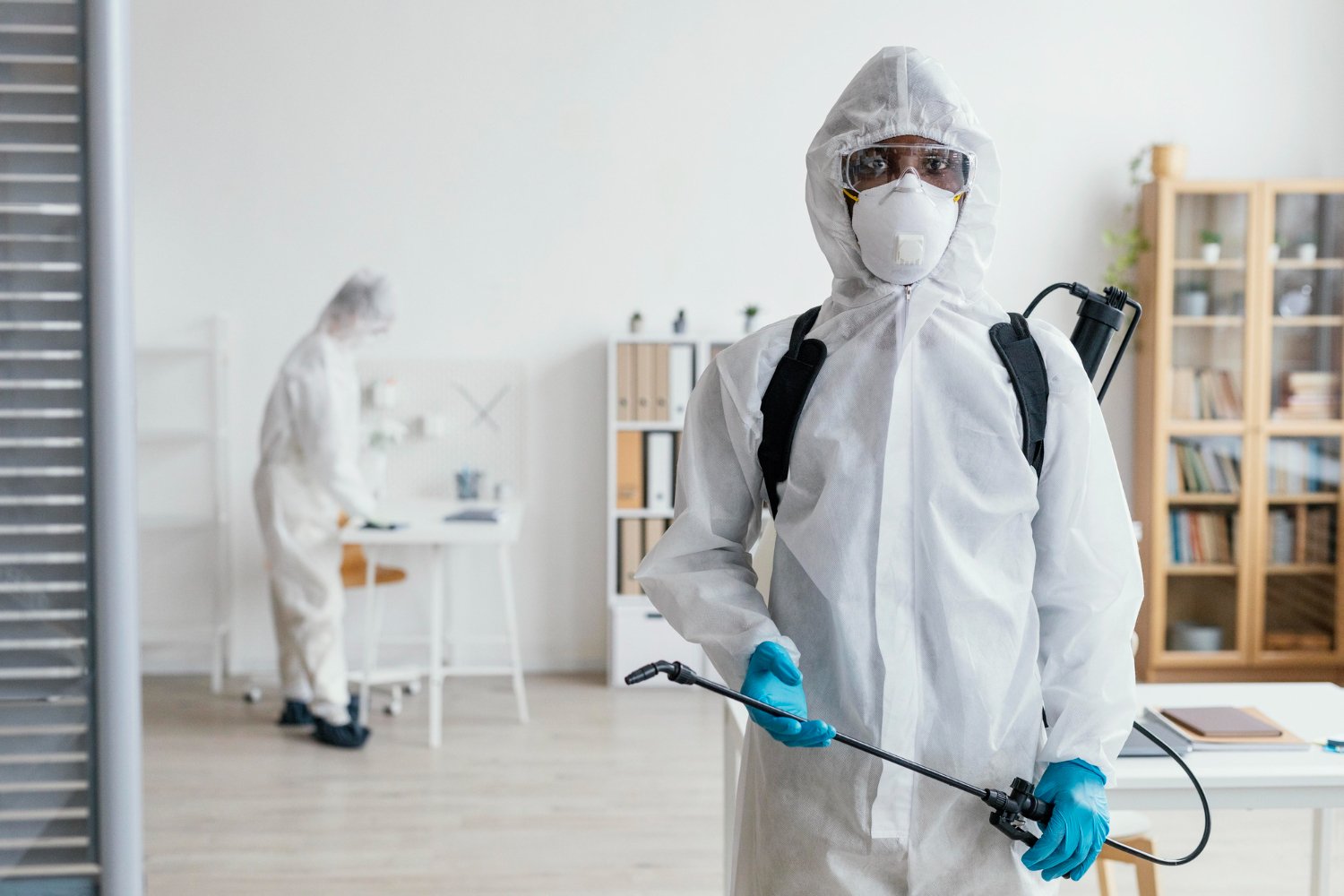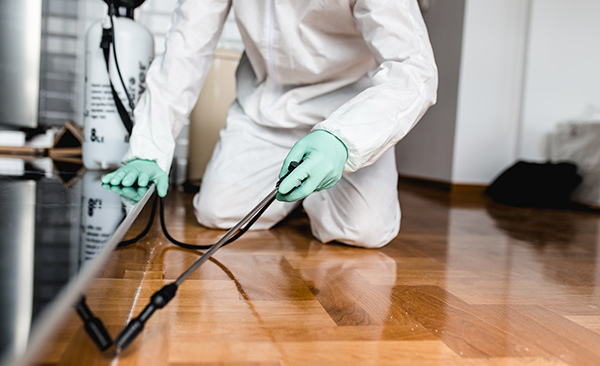All-Inclusive Services from Pest Control Lockhart for Any Infestation
Checking Out Problem and Treatment Strategies worldwide of Insect Control
The landscape of pest control incorporates a myriad of difficulties, specifically as invasions of common family insects proceed to develop. Recognizing the habits and reproductive patterns of these nuisances is vital for developing reliable treatment methods. By integrating precautionary measures with sophisticated monitoring methods, such as Integrated Parasite Management (IPM), home owners can better secure their settings. Nevertheless, the performance of these methods may differ significantly based upon details situations. What hidden variables contribute to the success or failure of these methods in various setups?

Typical Family Vermin
When it comes to handling our living spaces, understanding common home insects is critical. These pests not only disrupt our convenience yet can also pose health risks and damages property. The most prevalent house parasites consist of ants, roaches, rats, termites, and bed insects.
Ants, commonly seen foraging in kitchen areas, can pollute food and establish large colonies. Roaches, understood for their strength, can trigger allergic reactions and spread microorganisms. Rodents, including computer mice and rats, can trigger structural damage and lug conditions like hantavirus and salmonella. Termites, commonly described as "silent destroyers," can compromise the honesty of wooden structures, leading to pricey repair services. Bed insects, although not disease service providers, can trigger significant pain with their bites and lead to emotional distress.
Recognizing the indications of these pests, such as droppings, nests, or attack marks, is necessary for very early treatment (Pest Control Lockhart). Correct sanitation techniques, securing entrance points, and maintaining a clutter-free setting are reliable preventative procedures. By determining these typical family insects and understanding their actions, property owners can take aggressive steps to minimize infestations, making certain a healthier living atmosphere
Understanding Bug Infestations
Pest invasions can rise quickly, transforming a small inconvenience right into a significant issue otherwise addressed quickly. Recognizing the nature of these infestations is important for reliable management. Insects can attack household and commercial areas for numerous factors, including the search for food, shelter, or breeding premises. Usual factors adding to invasions consist of inadequate hygiene, architectural vulnerabilities, and seasonal changes that drive insects inside your home.
Identifying the kind of bug is essential, as different varieties display different habits and reproductive rates. As an example, rodents may develop nests in covert areas while insects like roaches grow in wet atmospheres. Early discovery commonly depends upon acknowledging signs such as droppings, gnaw marks, or uncommon noises, which can indicate a problem prior to it ends up being severe.
Warm, damp climates can assist in the rapid development of pest populations, while adjustments in landscaping or building can inadvertently produce conducive atmospheres. An enlightened method to recognizing these dynamics lays the foundation for effective bug monitoring methods in the future.
Treatment Techniques and Strategies
Effective treatment approaches and techniques are vital for minimizing pest invasions and recovering a safe atmosphere. A complex approach is typically best, including chemical, organic, and mechanical strategies customized to the go specific pest and the seriousness of the problem.
Chemical therapies consist of making use of insecticides and herbicides, which can efficiently get rid of parasites. Appropriate application and adherence to security standards are critical to minimize risks to people and non-target microorganisms. Integrated Insect Administration (IPM) motivates the cautious use of chemicals as a last resource, depending rather on surveillance and threshold degrees to determine intervention demands.
Biological control approaches entail introducing natural killers or parasites to minimize bug populaces. This method is increasingly popular, especially in farming settings, as it promotes environmental sustainability.
Mechanical methods, such as traps and obstacles, provide immediate relief from parasites without introducing chemicals. Options consist of sticky catches for pests or physical obstacles for rodents.
Ultimately, the selection of therapy technique ought to take into consideration the particular bug, the setting, and additional reading prospective influence on human health and ecological communities. A well balanced mix of these strategies can successfully handle invasions while advertising long-term pest control remedies.
Precautionary Measures for Homes
Proactively addressing bug concerns before they escalate is vital for keeping a healthy home setting (Pest Control Lockhart). Implementing reliable preventive procedures can dramatically minimize the probability of infestations, ultimately protecting both your home and wellness

Appropriate landscaping additionally plays an important role in prevention. Keeping bushes and trees trimmed away from your home reduces the chances of parasites locating their method indoors. Make sure that drain systems are operating efficiently to stop standing water, which can attract in mosquitoes and other pests.
Finally, regular examinations are recommended. Consistently looking for indicators of pest task enables for early intervention. By embracing these preventive actions, property owners can create an atmosphere that is less welcoming to bugs, thus boosting their total quality of life and reducing the need for comprehensive parasite control treatments.
Commercial Bug Control Methods
An extensive approach to commercial parasite control is vital for companies intending to keep a secure and sanitary setting. Effective strategies involve a combination of routine evaluations, staff member training, and the application of Integrated Insect Management (IPM) practices.
Normal examinations allow early discovery of bug activity, permitting timely treatment. Companies need to develop a routine schedule for these evaluations, concentrating on high-risk areas such as cooking areas, storeroom, and garbage disposal websites. Worker training is just as crucial; team must be educated on the indicators of parasite infestations and the importance of reporting them promptly.
Executing IPM practices aids mitigate bug concerns sustainably. This includes habitat modification, such as sealing access factors and decreasing mess, in addition to using natural deterrents prior to considering chemical therapies.

Moreover, collaborating with a licensed bug control provider makes sure access to professional understanding and sophisticated treatment choices. This partnership can result in customized pest control prepares tailored to the details requirements of the service, reducing dangers and boosting total efficacy. Eventually, a positive and enlightened strategy cultivates a pest-free environment, protecting both public health and wellness and business reputation.
Verdict
In final thought, reliable parasite control requires a thorough understanding of usual family bugs and their actions, combined with targeted treatment methods. Executing preventative procedures together with therapy strategies such as Integrated Insect Management and organic control improves the ability to mitigate invasions.